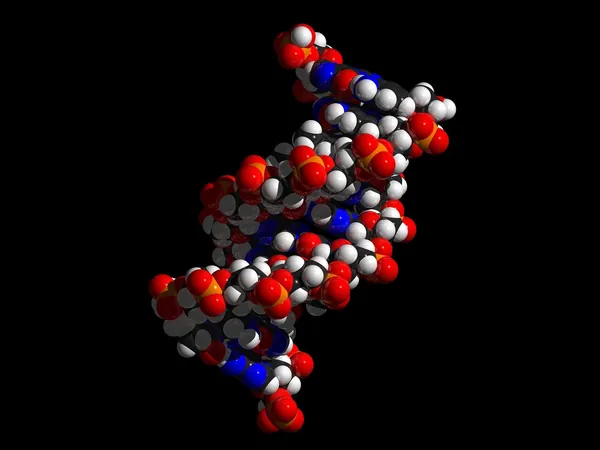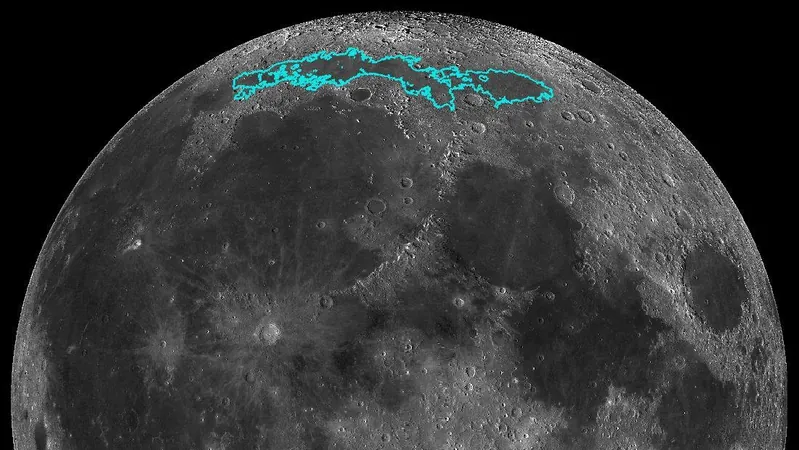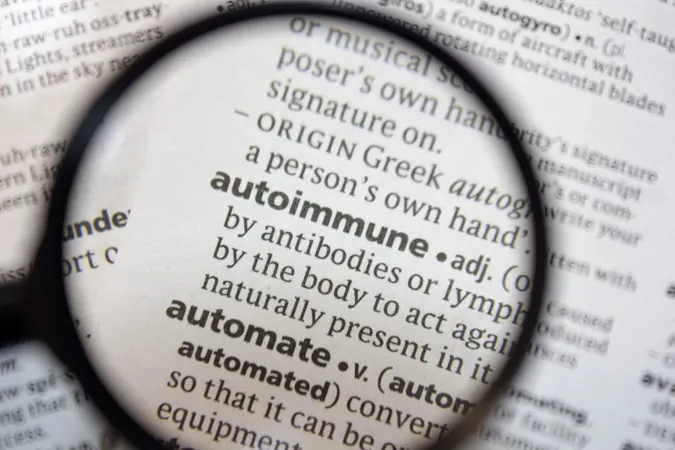
Revolutionizing Our Understanding of DNA: How Crowded Environments Affect Strand Separation
2025-05-09
Author: Wei Ling
Unlocking the Mysteries of DNA Behavior
Researchers at Northwestern University have made a groundbreaking discovery that challenges the longstanding beliefs about how DNA behaves in crowded environments. Their latest study reveals that the process of strand separation, a crucial step before DNA replication and repair, may require far more mechanical force than previously thought.
The False Simplicity of Biochemical Studies
Traditionally, DNA studies take place in isolated water-based solutions, devoid of the lively molecular hustle found within living cells. To separate the strands, scientists often resort to extreme heat—over 150°F—conditions no cell would naturally endure. In reality, DNA thrives in a densely packed environment where specific proteins help unwind the double helix and separate the strands.
The Science Behind the Discovery
"The interior of the cell is a chaotic space filled with molecules, while lab experiments are often sterile and sparse," explained John Marko, a molecular biosciences and physics professor at Northwestern. "Imagine a crowded billiard hall, where the balls are constantly colliding with the DNA, hindering it from unwinding." In this innovative study, Marko and researcher Parth Desai employed advanced microscopic magnetic tweezers to mimic real cellular conditions, attaching DNA strands to surfaces at one end and magnetic particles at the other. This allowed them to measure the forces involved in strand separation with unprecedented precision.
Quantifying the Impact of Molecular Crowding
Their findings, soon to be published in the Biophysical Journal, quantify the stress inflicted on DNA strands due to crowding. Desai introduced various molecules, such as glycerol and polyethylene glycol, to simulate the effects of proteins found in cells. "We aimed to explore how different substances can either destabilize or stabilize DNA’s structure," Desai noted. "This is crucial because just like real proteins, these molecules alter DNA's interactions based on water competition and crowding effects."
From Laboratory to Life-Saving Applications
Marko emphasizes the fundamental nature of this research and its far-reaching implications. "Understanding how crowding affects DNA strand separation can redefine our grasp of protein interactions with DNA," he stated. The implications extend into the realm of medical advancements, impacting everything from deep DNA sequencing—where scientists can decode an entire human genome in just under a day—to broader biochemical processes.
A Step Toward True Cellular Representation
Looking ahead, the Northwestern team plans to further their experiments by incorporating multiple crowding agents, inching closer to accurately replicating a real cell environment. By understanding how crowding interacts with enzymes and DNA, they hope to refine our understanding of crucial biological processes.



 Brasil (PT)
Brasil (PT)
 Canada (EN)
Canada (EN)
 Chile (ES)
Chile (ES)
 Česko (CS)
Česko (CS)
 대한민국 (KO)
대한민국 (KO)
 España (ES)
España (ES)
 France (FR)
France (FR)
 Hong Kong (EN)
Hong Kong (EN)
 Italia (IT)
Italia (IT)
 日本 (JA)
日本 (JA)
 Magyarország (HU)
Magyarország (HU)
 Norge (NO)
Norge (NO)
 Polska (PL)
Polska (PL)
 Schweiz (DE)
Schweiz (DE)
 Singapore (EN)
Singapore (EN)
 Sverige (SV)
Sverige (SV)
 Suomi (FI)
Suomi (FI)
 Türkiye (TR)
Türkiye (TR)
 الإمارات العربية المتحدة (AR)
الإمارات العربية المتحدة (AR)